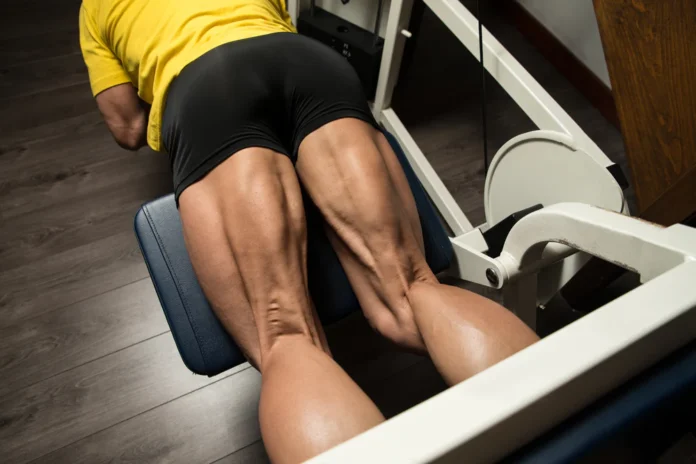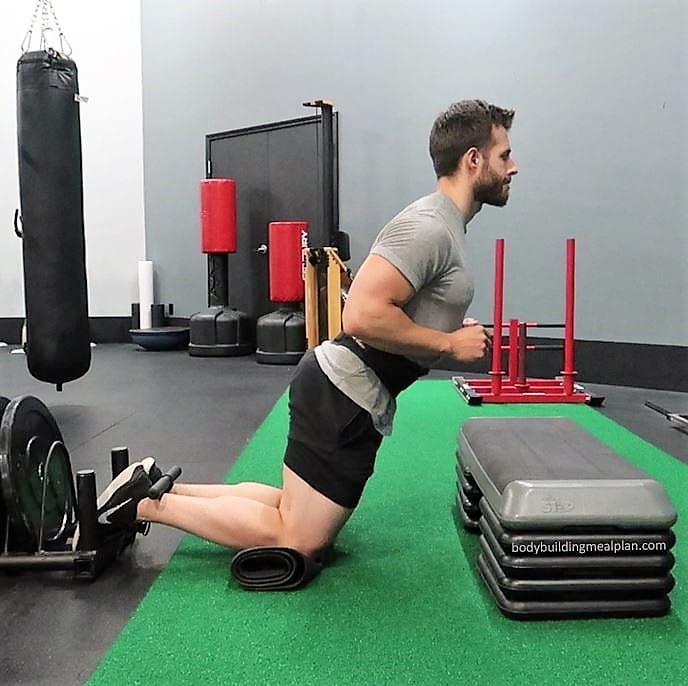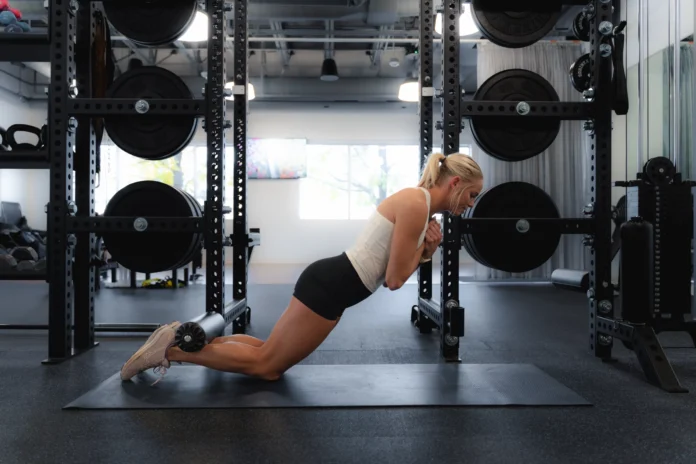When it comes to developing strong and well-defined hamstrings, there are various exercises to choose from. Two popular options that often come up in fitness discussions are Nordic and hamstring curls. While these exercises target the same muscle group, they have distinct differences in terms of execution and benefits. In this article, we’ll explore the nuances between these two, helping you understand which exercise might be the best fit for your training goals.
Understanding Nordic Curls
Nordic curls are a challenging exercise that primarily focuses on the eccentric (lengthening) phase of the hamstring muscles. To perform it, you’ll need a partner, a sturdy surface to secure your feet, and a mat for knee padding. Begin by kneeling on the mat with your feet securely anchored. Lower your upper body by bending at the hips, slowly extending your arms forward for balance. Engage them as you lower your torso towards the floor, controlling the descent as much as possible. Once you reach your limit, push yourself back up using your hands or assistance from your partner.
Decoding Hamstring Curls

In contrast to Nordic curls, hamstring ones are a more traditional exercise found in most gym settings. Typically performed on a hamstring curl machine or with resistance bands, this exercise involves flexing the knee joint against resistance to activate the hamstring muscles. The primary focus of hamstring curls is the concentric (shortening) phase, which is the opposite of Nordic ones.
Hamstring curls can be performed lying face down on a machine or standing while attaching resistance bands to your ankles. The exercise involves flexing your knees against the resistance while maintaining a stable core and engaging your hamstrings. They isolate the hamstrings to a greater extent, targeting the muscle group directly and leading to strength gains.
Benefits and Suitability
Both Nordic and hamstring curls have their unique advantages and can be beneficial additions to your leg training routine. Let’s delve into their specific benefits and suitability for different goals.
– Nordic Curls
They are excellent for enhancing eccentric strength and improving hamstring muscle balance. The focus on eccentric contraction promotes muscle hypertrophy and strengthens the tendons, reducing the risk of injuries such as strains or tears. Athletes involved in sports like sprinting, soccer, and basketball, where eccentric control is crucial, can greatly benefit from Nordic curls. Moreover, these exercises activate the core and lower back, contributing to overall stability and posture.
– Hamstring Curls
They primarily target the hamstring muscles, allowing for greater hypertrophy and muscle development. They can be a valuable exercise for bodybuilders and individuals seeking aesthetic improvements in their legs. They are also beneficial for those recovering from hamstring injuries, as they can be tailored to target specific areas of this muscle group. However, they do not engage the core and lower back to the same extent as Nordic curls.

Conclusion
By alternating between Nordic and hamstring curls, you can target the muscles from different angles and stimulate growth in various ways. Consider your fitness goals, individual needs, and available equipment when deciding which exercise to prioritize.
Remember, proper form and gradual progression are key to maximizing the benefits of these exercises while minimizing the risk of injury. If you’re new to Nordic curls or hamstring curls, it’s advisable to seek guidance from a qualified fitness professional to ensure proper technique and safe execution.




